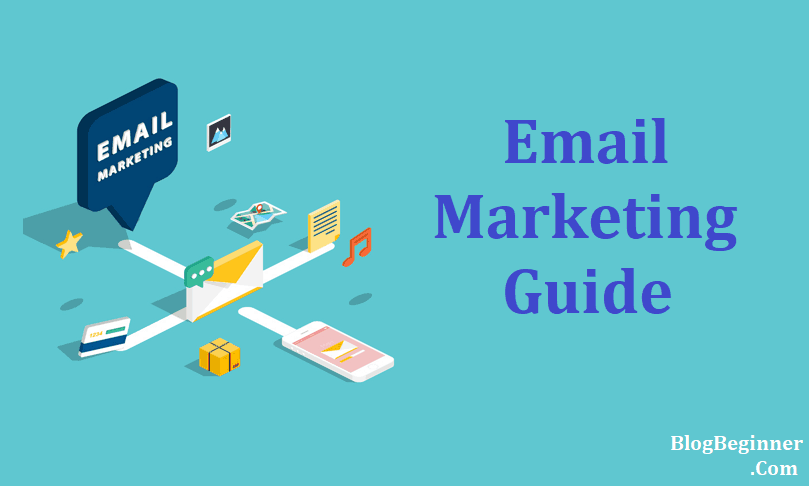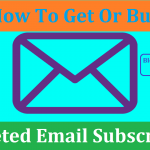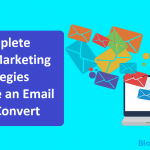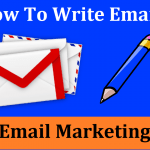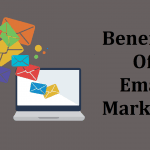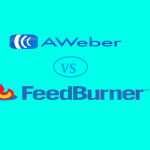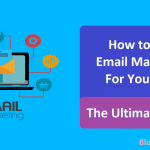The internet boom in the late ’90s and early 2000s alluded the proliferation of a plethora of websites, many of which offered email services teeming with users and their newfangled conversational mediums.
People joined the services in the millions, but it wasn’t until a few years later that email marketing gained solid grounds.
Email marketing is sending commercial messages to many people at once, primarily requesting business, for advertising, offering services, among others business ventures.
It all started with a mass email by Digital Equipment Corporation, sent out by Gary Thuerk to approximately 400 potential clients, generating leads to profiting to a scale of $13 million in sales.
Contents In Page
Types Of Email Marketing
- Transactional Emails
Transactional emails suggest some level of engagement on behalf of the customer, typically in the form confirmation, completion of a transaction. It can include things like password reset email, email receipts, other forms of confirmations, etc.
It is often a way to engage an existing customer to make a purchase for another service that the company offers, typically by ensconcing the promotion somewhere between the important message.
- Direct emails
When companies sent multiple emails to many prospective clients with no prior contact, it is called direct email marketing. This form of marketing has gained pace in our current world wherein personal information is up for sale and invasion of privacy is rife.
Advantages
It superseded traditional forms of marketing for various reasons:
- It is much cheaper than traditional mail, which has become almost obsolete.
- With AI techniques that are efficient in pattern recognition and countless other data science tools, it has become much easier to map customer behavior.
- Personal information is often up for sale and breach of data can land your privacy in the hands of third parties, email marketing has become easier than ever.
- Email is a very important medium for the share of information, consequently, people check at least 50 percent of their emails. Thus, chances of lead conversion are higher.
- A 2015 study by DMA found that for every $1 spent, email marketing has an average of $38 return in investment.
In spite of all the advantages that email marketing has to offer, the number of email id’s people are keeping these days have increased as an average to more than 3.
Additionally, people an average email account receives more than 90 emails. Consequently, it begs the question – Is email marketing fast dissipating in efficacy, is it a dinosaur yet?
Disadvantages Of Email Marketing
- As much as email marketing as profited from the ubiquitousness of the internet, now that internet has pervaded almost every household, abundance is a little redundant. People are not interested in junk emails anymore.
- The deliverability of the email is a pertinent issue. It is reported that the delivery rate in the US is 73 percent Although some other countries like Australia (90%) are much better at these fronts, the issue is persistent. Just as the server crashes, the chances for lead conversion also take a fall.
- An average email account receives more than 90 emails a day and thus, nobody pays you any more time than a perfunctory look. If the subject matter is not something that can elicit an investment from the reader from the get-go, it is difficult to sustain any interest.
- The spam laws vary in different countries and the implementation of the laws thereof has been very stringent in recent years. Thus the marketers have to be very wary of the specifics of each country.
How Should You Use Emails?
It is therefore important to decide on the right strategy to opt for email marketing, it is imperative that you do it right:
Announcing New Products
The advertising prowess of email marketing might have taken a hit but all hope is not lost as there is always something that can grab some eyeballs.
One has to be very crafty in including promotive undertones in the emails, dole out something striking that might entice them to follow back on your deal.
One such thing that has always had the customers in frenzy is the launch of a new product. Thus, to invite an avalanche of response, try to include exciting details in the email to convert leads.
The strategy is not to be too pushy and just use your reveal enough to keep the customers on their toes.
Occasionality Over Regularity
Periodicity is very important for conversions. Since people are already receiving emails in bulk and most of them go unnoticed, an untrammelled advertising strategy is only going to run up your cost with drastic cuts in your return.
Discounts
If there is one thing that can harpoon customers’ interest and drive your bait back home, it is “discounts”. It doesn’t matter if it is big or small, the concept of discount has an inherent promise for savings, and people like to save.
So, it is best to include discounts as much as you can in your cold emailing. It is important to keep the customers in mind, and not overemphasize the product itself.
Value
Most emails meant for advertising end up in the junk box for a reason – they do not offer any value to the customers. It is important to understand that the time the customers invest is very valuable, so it should keep apart the gibberish from the genuine.
It is important that you understand your target market well enough and do not go bombarding emails to anyone and everyone.
Keep Yourself Relevant
Since now most of the emails are received and read on smartphones, it is important to divulge as little as possible. Understand that it is all about grabbing the attention of your customer, to dispense with verbosity and embrace pop culture references. You can also call this rich media content engagement.
In conclusion, you need to keep yourself abreast of new marketing techniques to make the most of advertising. Currently, the world is changing faster than ever, you better keep pace.
